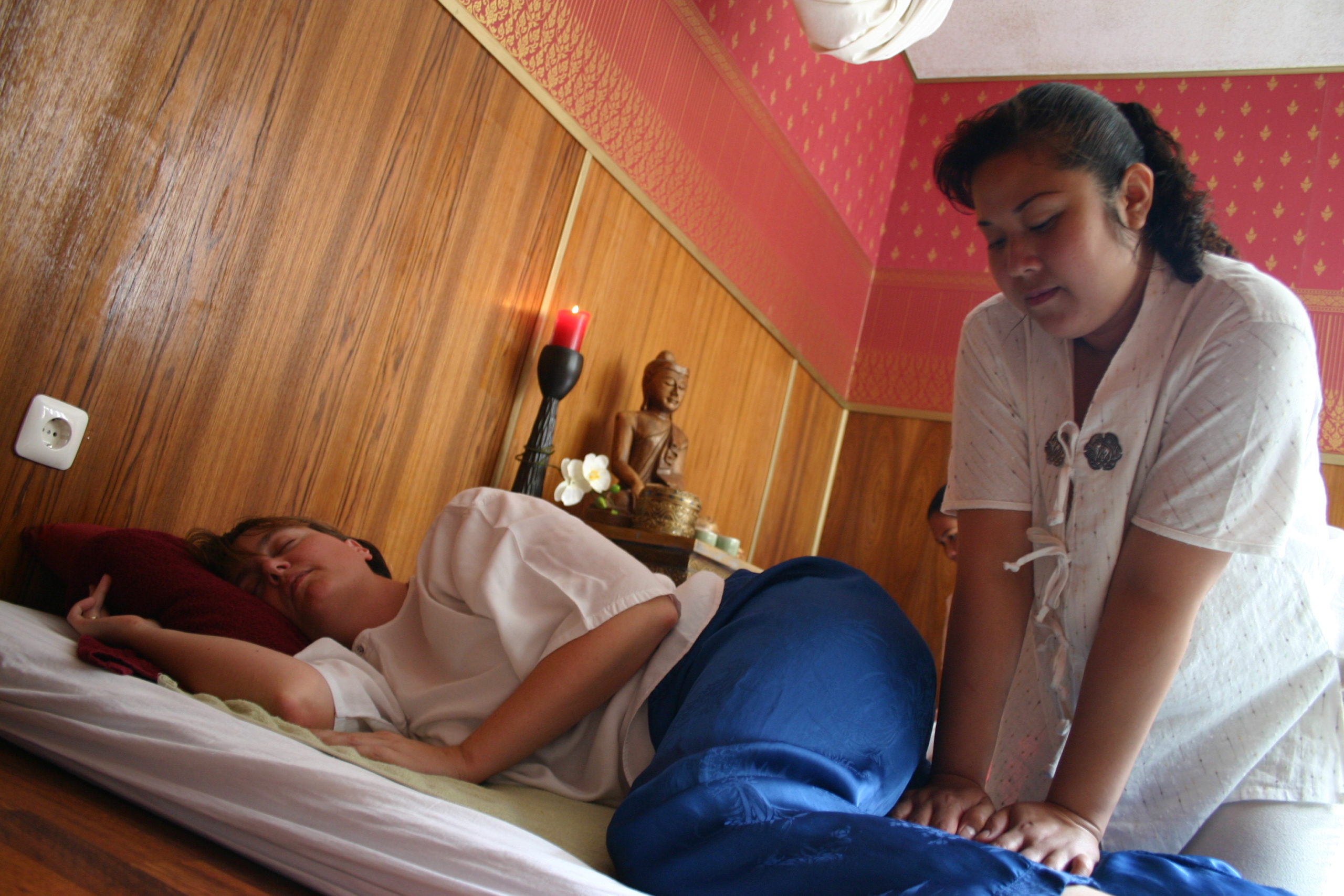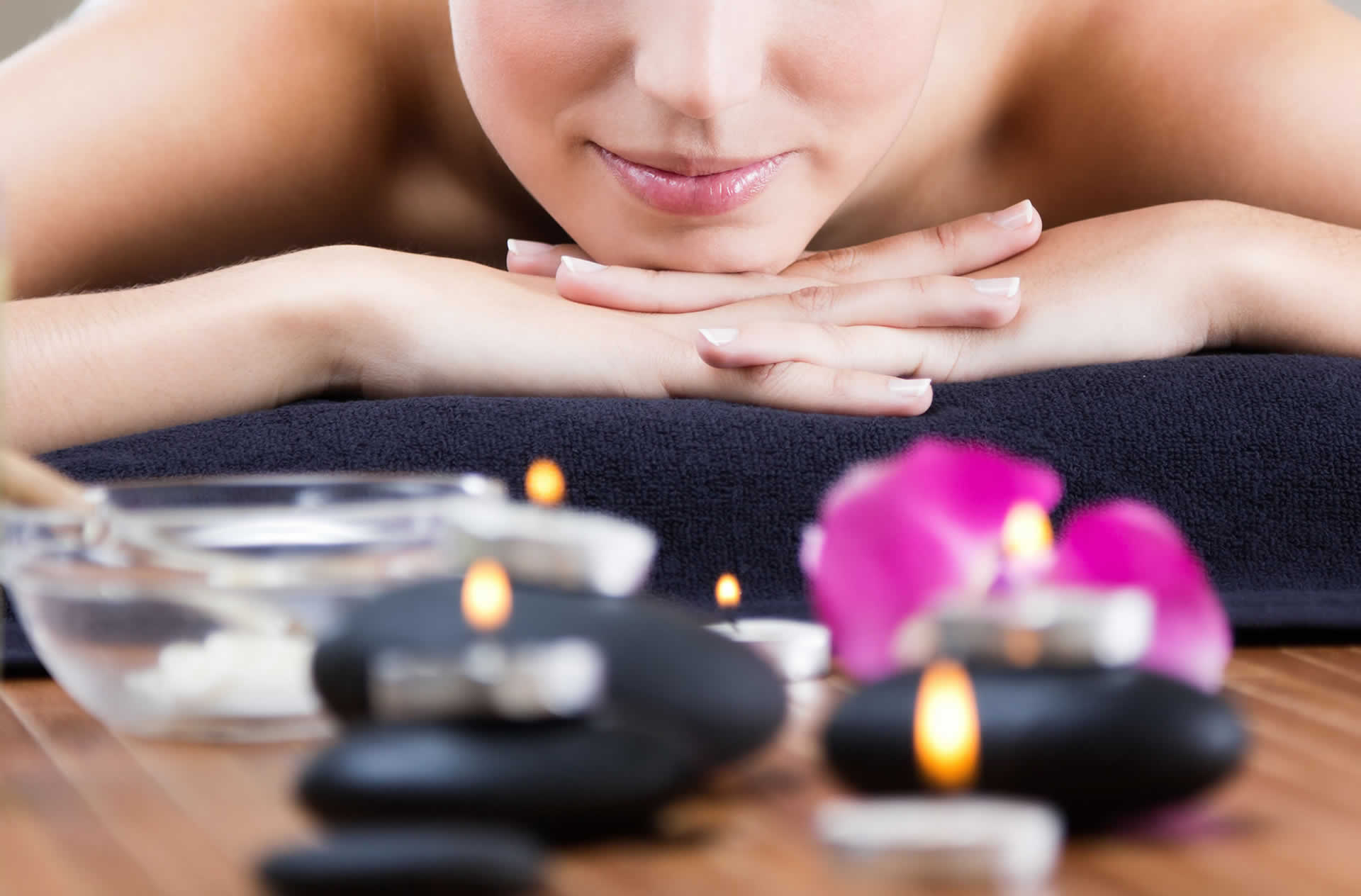You will encounter many different forms of massage depending where around the world you travel. However in this modern age, you can probably find all significant forms of massage within a close proximity.
When you’re living with MS, it’s important to stick to the treatment plan prescribed by your doctor. Some people also try an alternative or complementary therapy, such as reiki, along with their MS medication. If you’re interested in trying reiki, or other complementary therapies, be sure to discuss it with your doctor first. Complementary approaches shouldn’t replace treatment from your healthcare team. However, some people find that these therapies can add an extra measure of comfort or relief from your symptoms. Reiki (pronounced ray-key) is one such treatment. Among people who practice or use reiki, it’s thought to reduce stress, encourage relaxation, and promote healing. So far, there’s no research to support the idea that reiki can reduce or improve MS symptoms. However, some research suggests the practice might be an effective approach for helping to manage pain and anxiety. Other studies have confirmed that trying reiki doesn’t cause any harm. What is reiki? Reiki originated in Japan in the 1920s. The name is made from two Japanese words: “rei” which refers to God’s wisdom or higher power, and “ki” which means life force energy. Reiki is spiritual in nature but not religious. It’s based on the premise that life force energy keeps us alive and flows through us in a certain way. A trained reiki practitioner believes that they are helping to direct the flow of energy throughout your body using their hands, which are held in specific positions. Sometimes the practitioner’s hands contact you and sometimes they are held in the air close to you. Are there any real benefits? There’s no research that specifically connects reiki to improvements in MS. However, there is evidence that reiki may help with some specific symptoms, such as fatigue, in people who have other medical conditions. The MS Trust, a British organization, notes research has shown reiki to reduce pain, fatigue, and anxiety in some cancer patients. A 2014 research review in the journal Pain Management Nursing found that there’s evidence reiki can be effective for pain and anxiety. Another review study, published in the Journal of Evidence-Based Complementary & Alternative Medicine, found reasonably strong support for reiki being more effective than a placebo — or reiki sessions performed by untrained practitioners — in providing benefits. Even if you’re not sure whether reiki will produce the results you’re hoping for, it’s very safe to try. What to expect from a reiki session For a reiki session, you remain fully clothed and in a comfortable position either lying down or seated. The reiki practitioner will place his or her hands over certain locations of your body that they believe are related to energy centers called “chakras.” The goal of the treatment is to restore the flow of energy between your chakras. The theory is that symptoms such as pain or weakness can be caused by blocked chakra energy paths. A reiki session usually lasts about an hour, and practitioners recommend more than one session. They believe that the benefits of reiki are cumulative, so the more often you have this treatment, the faster you respond to it each time. During a reiki session, you may experience relaxation or even fall asleep. Some practitioners say that you may feel tired later in the evening because of the body’s response to healing. This may be followed by sound sleep that night. For a chronic condition like MS, a reiki practitioner will treat your entire body rather than the specific areas that are causing discomfort. The “head set” position, with the practitioner’s hands over the top of your head, is believed to treat the neurons that communicate between your brain and muscles. Reiki practitioners believe that continuous work down the spine and legs enhances this benefit. Who can perform reiki? Reiki is not a regulated practice. Anyone who has been trained can perform reiki, including you. Many reiki practitioners initially took the training so they could treat themselves. You may prefer to continue your reiki sessions with a practitioner treating you, or you may decide to learn how to treat yourself. There are three levels of “attunement,” or “spiritual awakening,” in the training to become a reiki practitioner. Once you have a reiki attunement, you have it for life. You need only one attunement for each level, but some practitioners believe more bring additional benefit. Reiki and massage Sometimes trained massage practitioners can include reiki in their treatment. Swedish massage is one such example, and includes techniques such as long strokes, kneading, compression, vibration, and gentle striking in addition to reiki. A massage therapist may incorporate reiki into massage to increase the healing level of the massage techniques. Other times reiki is performed at the end of the massage as a separate element. Just like reiki, massage may help you relax and relieve anxiety. It can also increase your circulation and improve your mood. If you have conditions like pressure sores or edema, massage might not be the right fit for you. Check with your doctor first if you have any concerns. The takeaway Although no studies specifically link reiki to a reduction in MS symptoms, this alternative therapy is safe to try. There’s some evidence that it may help with pain, fatigue, and anxiety. You can also try massage that includes reiki, for another option. In any case, always remember to check with your doctor before trying any new complementary therapy.







Leave a Reply
You must be logged in to post a comment.